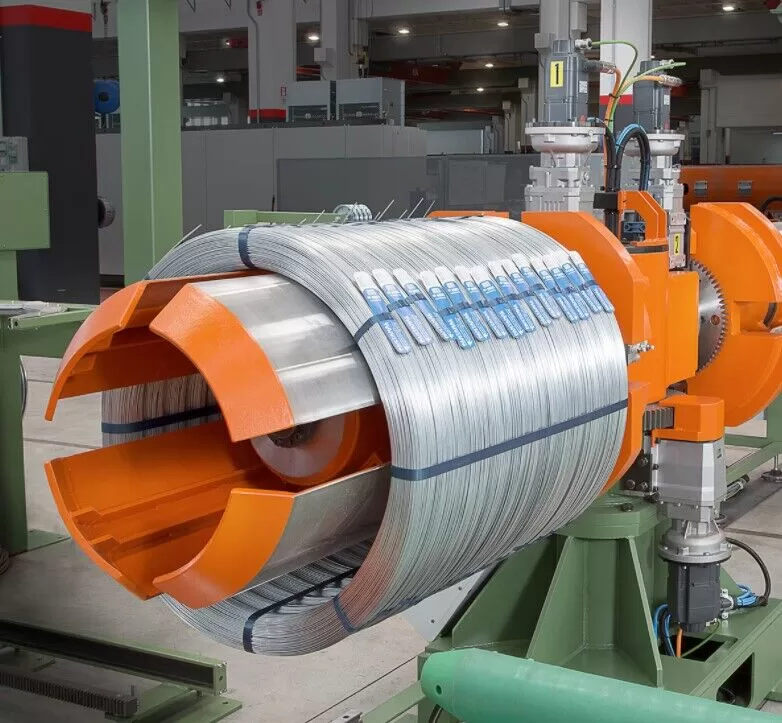
Steel wire coils are fundamental in countless industries, from construction to automotive manufacturing. Protecting these coils during transportation and storage is crucial, yet selecting the right packing material can feel overwhelming. Various factors, such as durability, environmental impact, and cost, must be considered to make an informed choice. This guide will explore everything you need to know to choose the best packing material for steel wire coils.
The right packing material can significantly impact your operations, minimizing damage risks and optimizing costs. For steel wire coils, it’s not just about wrapping the product; it’s about creating a protective barrier that preserves quality, withstands environmental challenges, and ensures compliance with shipping regulations.
Choosing the ideal packing material isn't a one-size-fits-all solution. It requires understanding your product’s specific needs, the conditions it will endure, and how these align with your business goals. Let's dive into the considerations and options to make the best decision.
1. Why is packing material critical for steel wire coils?
The role of protection and preservation
Steel wire coils are prone to various damages during transit, from corrosion due to moisture exposure to physical deformation caused by rough handling. Packing materials act as the first line of defense against these threats. For instance, waterproof wraps shield the coils from humidity, while reinforced outer layers prevent abrasions and dents.
Proper packaging also enhances product presentation. Even in heavy industries, customers associate well-packaged goods with higher quality standards. This dual function of protection and branding underscores why choosing the right packing material is non-negotiable.
Minimizing waste and maximizing efficiency
Efficient packaging doesn’t just protect; it streamlines operations. Lightweight, flexible materials can reduce transportation costs, while modular solutions simplify stacking and storage. Moreover, adopting recyclable materials aligns with sustainability goals, offering long-term benefits for businesses looking to reduce their environmental footprint.
Case in point: Lessons from industry leaders
Industry giants have demonstrated the value of innovative packing materials. Take manufacturers who’ve transitioned to advanced polymer films over traditional jute wraps. These films provide superior protection against UV rays and moisture, ensuring that coils remain intact even during long-haul transportation. Observing such trends can inspire your strategy.
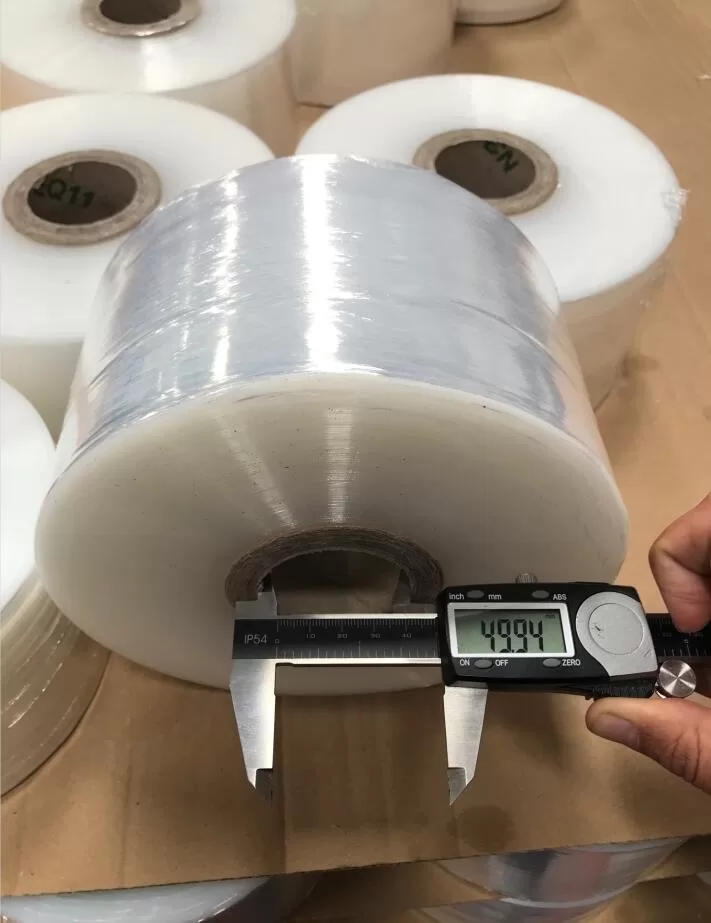
1.1 Understanding the challenges of transporting steel wire coils
Steel wire coils are heavy, awkwardly shaped, and sensitive to environmental conditions. Moving them safely without damage often requires customized solutions. Factors such as coil size, weight, and destination climate play a critical role in determining the best packing materials.
A frequent challenge is balancing durability with flexibility. Materials must be sturdy enough to withstand heavy impacts yet pliable to wrap tightly around the coil. For example, thin plastic films might provide some protection but often lack the robustness needed for long-distance shipping.
1.2 The financial implications of poor packaging
Compromising on quality to save on costs might lead to long-term losses. Damaged coils can result in dissatisfied customers, increased claims, and reputational harm. Investing in the right packing materials upfront can mitigate these risks. For instance, while metal edge protectors might seem like an additional expense, they prevent costly deformities during handling.
1.3 Types of damage proper packaging prevents
The damages avoided through careful packing go beyond physical harm. Moisture infiltration can cause rust, leading to compromised coil integrity. Moreover, improper stacking due to inadequate packaging can cause dents, rendering sections of the coil unusable.
A study revealed that steel wire coil manufacturers who switched to multi-layered wrapping saw a 35% reduction in transit-related damages. Combining such materials with strapping and edge protection has become an industry standard for a reason—it works.
2. What factors influence the choice of packing material?
Understanding environmental conditions
The conditions your steel wire coils will face during transportation and storage are a major determinant of packing material selection. Coils transported over long distances, especially across regions with varying climates, need moisture-resistant materials. For instance, high-humidity environments call for materials like polyethylene wraps or corrosion inhibitors to prevent rust.
Temperature fluctuations also pose a challenge. Some materials may crack or lose their integrity in extreme cold or heat, making climate-adaptable solutions essential for certain routes.
Regulatory and safety requirements
Shipping regulations and safety standards influence the choice of packing materials. Many countries enforce strict packaging compliance measures to ensure safe transit. For example, certain jurisdictions mandate recyclable or biodegradable packing solutions to meet sustainability goals. Failure to adhere to these regulations can result in fines, delays, or rejection of shipments.
Material compatibility with product specifications
Steel wire coils vary in size, weight, and coating type, making material compatibility another key factor. Heavy-duty coils might need reinforced straps, while lighter ones can be adequately protected with stretch films or composite strapping. Non-coated coils, which are more prone to rust, may benefit from VCI (Volatile Corrosion Inhibitor) films that create a protective atmosphere around the product.
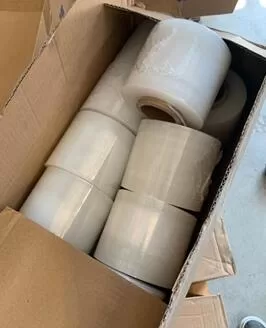
2.1 How transportation methods shape packaging needs
Different transportation methods demand specific types of packaging. Coils shipped by sea, for example, face higher risks of moisture exposure, necessitating waterproof barriers like tarpaulins or shrink wraps. On the other hand, rail and road transport often involve more physical handling, making edge protectors and padded materials indispensable.
Businesses shipping smaller quantities via air freight might prioritize lightweight, space-saving materials to reduce costs. These choices underline the importance of aligning material properties with logistical realities.
2.2 The importance of sustainability in material selection
Sustainability has become a critical factor in modern packaging decisions. Companies increasingly seek eco-friendly options, not just to comply with regulations but to appeal to environmentally conscious clients.
Recyclable materials, like paperboard or bio-based films, are gaining traction as alternatives to conventional plastic wraps. While initially more expensive, these materials can lower waste disposal costs and improve brand perception in the long term.
2.3 Cost considerations without compromising quality
Cost efficiency remains a priority, but it should never come at the expense of quality. Striking a balance between affordability and performance is possible with careful evaluation. For instance, multi-layer laminates might be pricier than single-layer wraps but offer superior durability, reducing damage-related costs.
Moreover, partnering with reliable suppliers can provide bulk purchase discounts or access to innovative materials. Long-term contracts often lead to better rates and consistent material quality.
3. Which types of packing materials are best suited for steel wire coils?
Protective wraps: The first layer of defense
Protective wraps form the foundation of steel wire coil packaging. Common options include stretch films, shrink wraps, and tarpaulin sheets. Each material has unique properties tailored to specific needs. Stretch films are ideal for lightweight coils, providing flexibility and ease of application. Shrink wraps offer a tighter seal, making them suitable for long-term storage or transport through high-moisture environments.
Tarpaulin sheets, on the other hand, are durable and reusable, making them a cost-effective choice for heavy-duty applications. Combining these materials with inner layers, such as wax paper or bubble wraps, enhances their protective capabilities.
Strapping and edge protectors: Adding stability
While wraps protect against environmental damage, strapping and edge protectors ensure structural integrity. Steel or polyester straps are commonly used to secure the coil tightly. For heavier loads, composite strapping offers the ideal balance of strength and flexibility.
Edge protectors, made of materials like plastic or cardboard, shield the coil's edges from pressure points. This prevents deformations and ensures safe handling, especially during stacking or when using lifting equipment.
Anti-corrosion solutions: Preventing long-term damage
Corrosion remains a significant challenge for steel wire coils, especially during overseas shipping. Materials like VCI (Volatile Corrosion Inhibitor) films are specially designed to combat this issue. These films emit corrosion-inhibiting vapors that create a protective atmosphere around the coil, preventing rust formation.
For additional protection, desiccant pouches are often included inside the packaging to absorb excess moisture. Combining these solutions ensures the coil remains pristine, even in challenging climates.
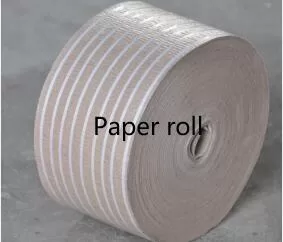
3.1 Choosing the right combination of materials for your needs
Selecting the optimal packing material often involves layering multiple types for maximum protection. A typical setup might include an inner layer of VCI film, followed by a stretch wrap and finished with reinforced straps. Each layer addresses specific risks, from moisture infiltration to physical impacts.
The choice of materials also depends on factors like budget and intended use. For example, a reusable tarpaulin wrap might make sense for domestic transport but could be impractical for single-use export shipments.
3.2 How innovative materials are reshaping the industry
Packaging materials are continually evolving to meet industry demands. Recent innovations include bio-based shrink wraps and high-strength composite straps made from recycled materials. These solutions not only provide effective protection but also support sustainability goals.
Furthermore, some companies are experimenting with smart packaging, incorporating sensors that monitor temperature and humidity levels during transit. While still emerging, these technologies could revolutionize how steel wire coils are protected in the future.
3.3 Balancing practicality and environmental responsibility
Practicality and environmental responsibility need not be mutually exclusive. For instance, recycled stretch films and biodegradable coatings are increasingly available without compromising performance. Such materials cater to businesses aiming to meet their sustainability goals while ensuring high-quality protection.
Adopting eco-friendly options also has marketing advantages. Many clients value suppliers who prioritize sustainability, potentially giving you a competitive edge in the market.
4. How to balance cost-effectiveness and quality in packing materials?
The hidden costs of cheap materials
While it might be tempting to cut costs with lower-quality materials, doing so often results in higher long-term expenses. Cheap wraps and straps are prone to failure, leading to damaged goods, delayed shipments, and dissatisfied customers. These issues can erode profits and harm your reputation over time.
Investing in high-quality packing materials reduces these risks. Materials like reinforced straps or advanced polymer films might cost more upfront but save significantly by minimizing damage-related expenses.
Finding reliable suppliers and negotiating better deals
Partnering with reliable suppliers can help secure better rates for premium materials. Suppliers often offer discounts for bulk purchases or long-term agreements. Establishing these partnerships not only reduces costs but also ensures consistent material quality.
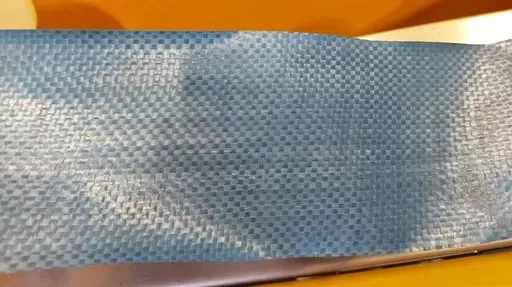
4.1 Evaluating ROI on premium materials
Investing in higher-quality materials often delivers a strong return on investment (ROI). For instance, coils packed with premium VCI films and reinforced straps experience fewer damages during transit, leading to lower replacement costs and fewer customer complaints.
These benefits extend beyond financial savings. Customers recognize and appreciate companies that prioritize quality, which can enhance long-term business relationships.
4.2 Customizing packaging to optimize costs
Customization offers another way to achieve cost-effectiveness without compromising quality. Tailoring packing solutions to specific coil dimensions and transport conditions reduces waste and ensures optimal protection. For instance, custom-fitted wraps eliminate excess material usage, while pre-sized straps minimize manual adjustments.
4.3 The role of automation in cost savings
Automation can further drive efficiency in packaging operations. Automated strapping machines or robotic wrapping systems reduce labor costs and improve consistency. These technologies ensure every coil is packed to the highest standards, minimizing errors and material waste.
Conclusion
Selecting the right packing material for steel wire coils is more than just a logistical decision—it’s a strategic investment in product quality, operational efficiency, and customer satisfaction. By understanding the unique challenges of steel coil transport, evaluating the available materials, and balancing cost with performance, businesses can make informed decisions that enhance their competitive edge.
The ideal solution often involves combining multiple materials, such as protective wraps, anti-corrosion solutions, and reinforced straps, to ensure comprehensive protection. Additionally, prioritizing sustainability and leveraging innovative technologies can further optimize packing strategies while aligning with modern market expectations.
[Claim] Investing in high-quality, tailored packing materials for steel wire coils not only protects your product but also secures your brand reputation, minimizes waste, and maximizes long-term savings. The right choice today leads to fewer risks, happier customers, and a sustainable future for your business.

Get Your Best Solution !